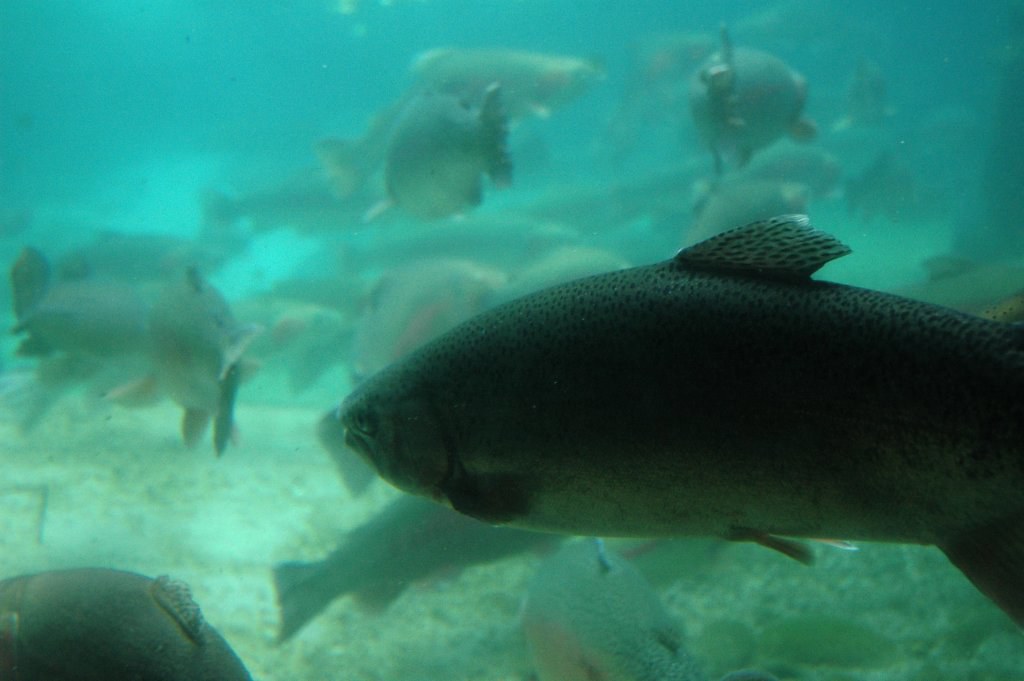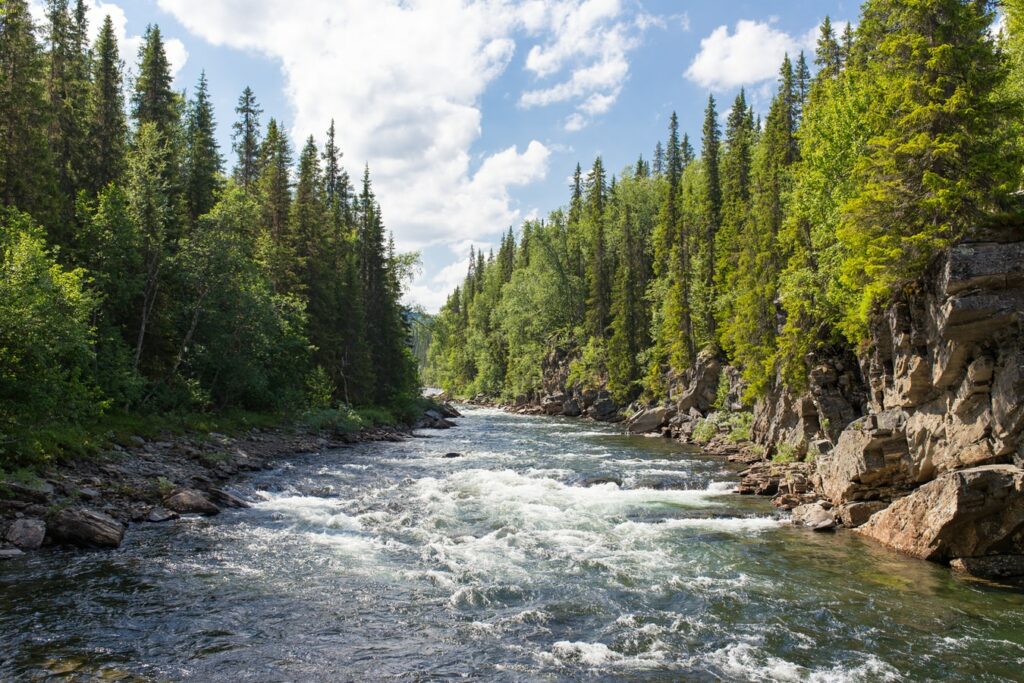The populations of migratory freshwater fish species have drastically declined by 76% on average since 1970, according to a new report. Most of this damage is linked to human-made impacts such as hydropower, overfishing, and pollution.
Europe was the most affected region, with a 93% plunge.

Issued by the World Fish Migration Foundation and Zoological Society of London, the Living Planet Index is the first major report to look to the status of freshwater migratory fish on a global scale. The researchers looked at data from 1,406 populations of 247 species, the largest data set to date, but with still significant gaps (especially for regions outside Europe and North America).
The results are concerning.
“Catastrophic losses in migratory fish populations show we cannot continue destroying our rivers. This will have immense consequences for people and nature across the globe. We can and need to act now before these keystone species are lost for good,” Arjan Berkhuysen, Managing Director of the World Fish Migration Foundation, said in a press release.
Latin America registered an 84% average fall, followed by a 59% plunge decrease in Asia-Oceania, the report showed. Data was too limited in Africa to establish a reliable trend. Meanwhile, North America registered a less dramatic drop of 28%. The reason why things are not as bad in North America is largely the removal of dams — most of the damage there was done before the 1970s, researchers note.
In addition to playing an important environmental role, species such as salmon, trout, and the Amazonian catfish are vital to the food security needs of the world. They support the livelihoods of millions of people around the world, the researchers explain, while also working to keep the rivers, lakes, and wetlands healthy by supporting a complex food web which again — millions of people rely on.
Habitat degradation, alteration, and loss account for approximately half of the threats to migratory fish, according to the report. Wetlands are essential habitats for migratory fish species, but, globally, wetlands are disappearing three times faster than forests, while dams and other river barriers block fish from reaching their mating or feeding grounds and disrupt their life cycles.
Over-exploitation, such as unsustainable fishing and accidental by-catch account for around one-third of the threats to these populations. Populations are also threatened by the impacts of the climate crisis as changes in temperature can trigger migration and reproduction, causing these events to happen at the wrong time, and therefore misalign reproduction.
“Migratory fish provide food and livelihoods for millions of people but this is seldom factored into development decisions. Instead, their importance to economies and ecosystems continues to be overlooked and undervalued – and their populations continue to collapse,” Stuart Orr, WWF Global Freshwater Lead, said in a press release. “The world needs to implement an Emergency Recovery Plan that will reverse the loss of migratory fish.”
The way forward

While the situation is bleak, the analysis showed that sustainable management strategies can have a positive impact on migratory freshwater fish. These include habitat restoration, dam removal, setting up conservation sanctuaries, species-focused management and legal protection. In the US, for example, many dams have been removed over the last few decades and the dam removal movement is growing. In 2019 alone, over 900 upstream river miles were reconnected through dam removal projects, improving habitat and biodiversity in rivers, and their resilience to a changing climate. This is beginning to happen in Europe, as well, as the environmental downsides of hydro dams is becoming apparent.
The report argued dam removal has significant positive environmental impacts, is cost-effective, and supports job creation. Several case projects around the world have shown migratory fish populations can come back quickly in response to dam removal and nature-like solutions.
For example, back in 2016, The Penobscot River Restoration Trust partners completed a river restoration in the Penobscot River in Maine, opening up over 3,200km of habitat and removing two dams that blocked fish migration.
The following spring, the river herring numbers grew from a few hundred to nearly 2 million.
“Rivers and migrations are the connective tissue of our planet – and migratory fish are bellwethers for not just rivers, but for the countless other systems they connect, from the deep sea to coastal forests. Losing these fish means losing so much more,” Jeffrey Parrish, Global Managing Director for Protect Oceans, Land and Water at The Nature Conservancy, said in a press release.
The authors called upon the global community to protect free-flowing rivers and guide basin-wide planning by addressing existing threats, adhering to ongoing conservation initiatives and water protection laws, investing in sustainable renewable alternatives to the thousands of new hydropower dams that are planned across the world. Without this, river environments will continue to degrade.
There are many ongoing initiatives around the world supporting the recovery of migratory fish species and freshwater biodiversity in general. For example, researchers and NGOs recently presented the Emergency Recovery Plan, listing a set of measures to transform the management and health of rivers, lakes and wetlands for the benefit and health of freshwater biodiversity.


